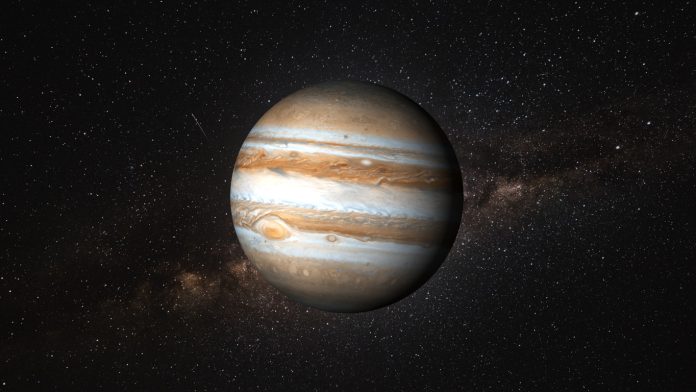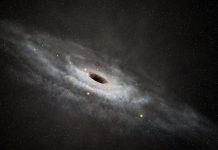NASA’s Europa Clipper spacecraft, launched on October 14, 2024, has reached a significant milestone as one of its key scientific instruments, the Ultraviolet Spectrograph (UVS), completed initial commissioning
Developed by the Southwest Research Institute (SwRI), this tool is designed to investigate the composition and behaviour of Jupiter’s icy moon Europa, an ocean world believed to have conditions favourable for life.
Preparing for Jupiter’s harsh environment
The UVS instrument is one of nine advanced tools aboard Europa Clipper, which is scheduled to arrive in the Jovian system in 2030. Once in orbit around Jupiter, the spacecraft will conduct dozens of close flybys of Europa, collecting detailed data on its atmosphere, surface, and potential subsurface ocean.
Despite facing early challenges, including delays caused by wildfires in Southern California, the UVS team completed the initial commissioning phase. This included opening the instrument’s aperture door and collecting ultraviolet (UV) light from space for the first time in May 2025. Early data confirms the instrument is functioning as expected.
Drawing from its experiences, SwRI developed Europa-UVS using insights from previous missions. Similar spectrographs have flown on successful space missions, including ESA’s Rosetta, NASA’s New Horizons, the Lunar Reconnaissance Orbiter, and the Juno mission to Jupiter. Europa-UVS is the sixth in this successful series, and it’s designed to withstand the intense radiation near Jupiter.
Ultraviolet spectrograph: Compact but powerful
Although the UVS instrument is smaller than a microwave, just over 40 pounds (19 kg) and consuming only 7.9 watts of power, it carries out critical scientific tasks.
Its primary mission is to analyse the ultraviolet light emitted or reflected by Europa’s surface and atmosphere. This data helps determine the relative concentrations of various elements and molecules, shedding light on the moon’s composition.
UVS will also search for potential plumes of water vapor erupting from beneath Europa’s icy crust. These plumes, if present, could offer a direct insight into the ocean believed to lie beneath the moon’s surface. Identifying and studying these features is key to understanding whether Europa could support microbial life.
A collaborative effort across missions
Europa-UVS is not the only ultraviolet spectrograph studying Jupiter’s moons. A similar instrument launched aboard the European Space Agency’s Jupiter Icy Moons Explorer (JUICE) in 2023 also operates in the Jovian system. These instruments provide complementary data on the complex interactions between Jupiter, its moons, and their environments.
Having multiple spectrographs operating simultaneously around Jupiter will enhance scientific returns and provide a broader perspective on the behaviour of its icy moons, especially Europa and the volcanic moon Io.
What does this mean for the future?
The successful commissioning of the UVS marks a crucial step forward for the Europa Clipper mission. Over the next few years, engineers and scientists will continue to test and calibrate the spacecraft’s full suite of instruments during its journey to Jupiter.
Once it begins flybys of Europa, Europa-UVS will be essential in investigating the moon’s potential habitability, searching for signs of water vapour, and providing new insights into this distant, enigmatic world. The instrument’s early success sets the stage for exciting discoveries in the years to come.











